Six tips to start a garden
Grow food and fun outdoors
Editor’s note: This article is one in a short series on plants. This piece focuses on starting vegetable gardens. Look on whatever platform you use to access The Knightly News for more advice coming up on plants and planting.

Story and photos
By Jamie Harmon
Knightly News Reporter
jamie.harmon@mymail.centralpenn.edu
Spring has sprung, and now is the time to put those garden plans into action.
Adding a garden to your home might seem like a scary task for a beginner gardener, but if done correctly it will provide you with delicious food throughout the summer.
Know the timing
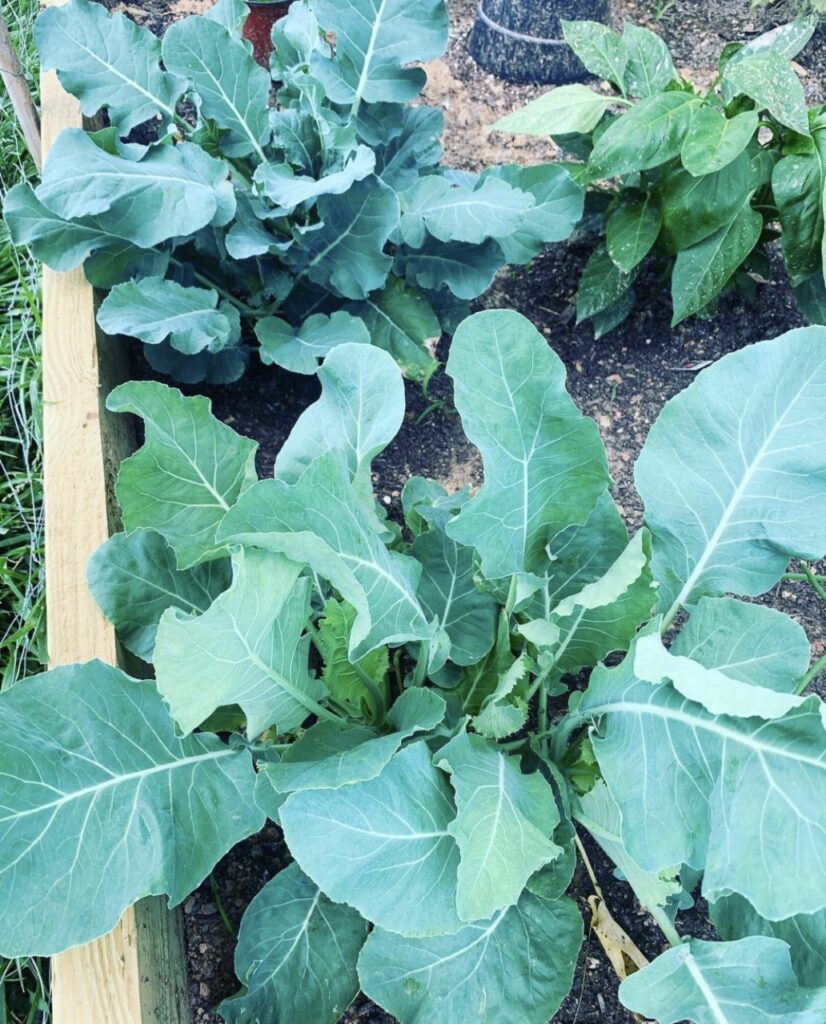
The first tip for starting a successful garden is knowing when to plant. Many beginner gardeners make the mistake of planting too soon.
According to The National Gardening Association, “On average, your frost-free growing season starts Apr 14 and ends Oct 21, totaling 190 days” for South Central Pennsylvania.
Keep in mind there are some vegetables that are considered cold hardy, which means that they can survive in lower temperatures than most produce. For example, vegetables like beets, broccoli, cauliflower, kale, peas and spinach can begin growing outdoors in April. Vegetables like carrots, onions, peppers and tomatoes cannot be planted outdoors until early summer.

Here’s a link to the United States Department of Agriculture’s Plant Hardiness Zone Map. The map can help you find planting seasons where you live.
Find the right space
Pick the best space for ample growth.

When searching for a location for a garden, make sure to find a level location or one with a slight slope, to avoid excess rainwater runoff.
While searching for the perfect location, check various locations during different times of day to see how much sunlight each location receives.
According to Miracle Grow, one of the nation’s leading gardening suppliers, “Misjudging sunlight is a common pitfall when you’re first learning to garden.
Pay attention to how sunlight plays through your yard before choosing a spot for your garden. Most edible plants, including many vegetables, herbs, and fruits, need at least 6 hours of sun to thrive.”
Plan for water
One of the leading issues for gardens is water supply.
When planning your garden location, don’t forget to plan how you will water the plants.
If you are not close to a hose or running water, rain barrels have become a cost-effective means of catching rainwater to then use for watering.
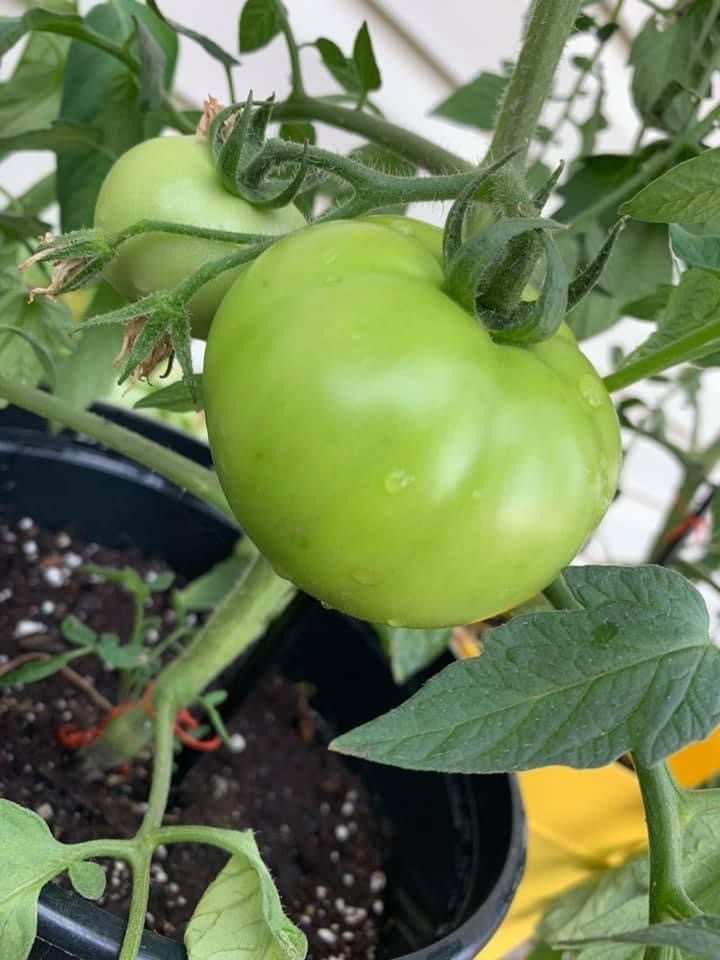
Map out the beds
Decide where to plant each plant.
Map out each space to ensure you have enough room in between each plant for the roots to successfully grow.
According to https://commonsensehome.com, “Think about planting your garden in blocks or beds of plants instead of single rows. Beds should be 3 to 4 feet across – narrow enough that you can reach the center from either side. Beds should be 10 feet long or less, so you’re not tempted to step into the bed and compact the ground. Within the garden beds, place plants in rows or a grid pattern. The goal is to minimize walkways and maximize growing space.”
Plant with love
The next step – and the most fun – is planting each plant in its new home!
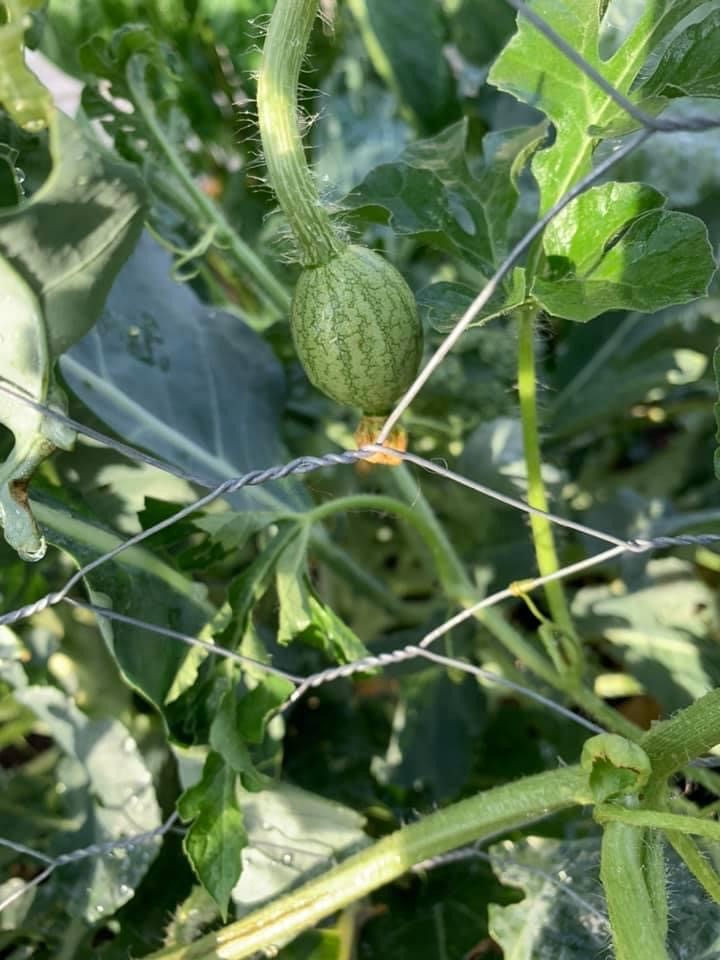
Ensure a successful growing season by loosening the soil where you plan to plant.
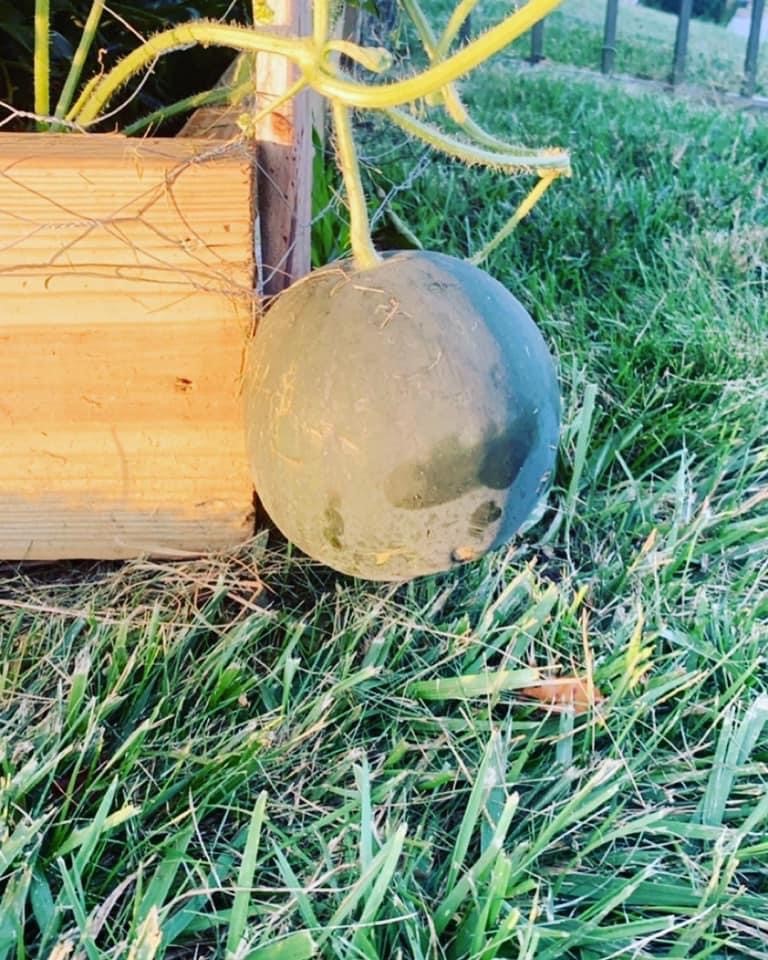
You can choose to plant seeds or transplants of your favorite vegetable.
Seeds will take more time to grow, compared to transplants, which are plants that have begun growing.
If you choose to plant seeds, dig a two-inch deep hole for each seed, and cover it with soil.
If you choose transplants, dig a hole two times the size of the transplant and back-fill with the remaining soil.
According to The Urban Gardening Initiative, “Plant seeds roughly 3 times as deep as the diameter of the seed unless otherwise directed on the package. Some seeds require light for germination.
“Most transplants are planted at the same depth they were growing in the pot. The exception is tomatoes, which can be planted deeper or trenched in.”
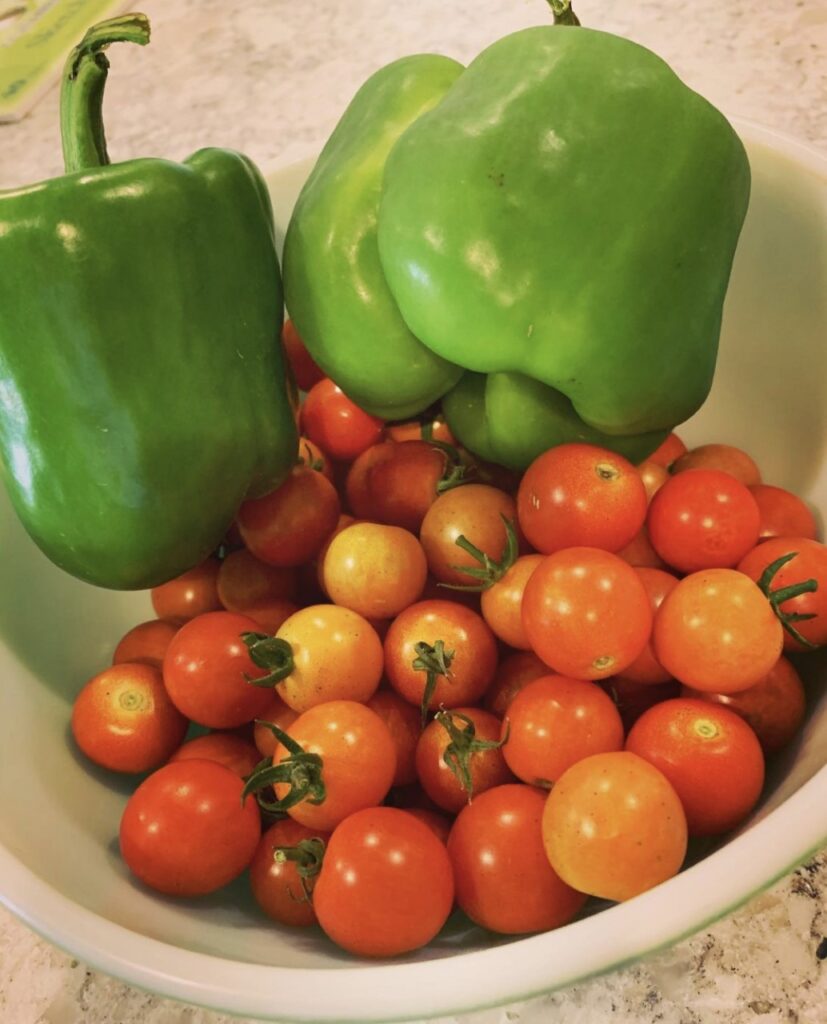
Maintain upkeep
The last, but most important, part of having a successful and fruitful garden is to keep up with pruning and weeding.
Once your plants are in soil, they will begin to grow quickly, and will require some time to prune to ensure successful harvests.
Trimming dead leaves, pulling weeds and collecting the ripe vegetation is important to keeping your plants happy and healthy.
Harmon is vice president of The Knightly News Media Club @ Central Penn College.
Comments or story ideas? Contact KnightlyEditors@CentralPenn.Edu.
Edited by media-club co-adviser and blog editor Professor Michael Lear-Olimpi.




